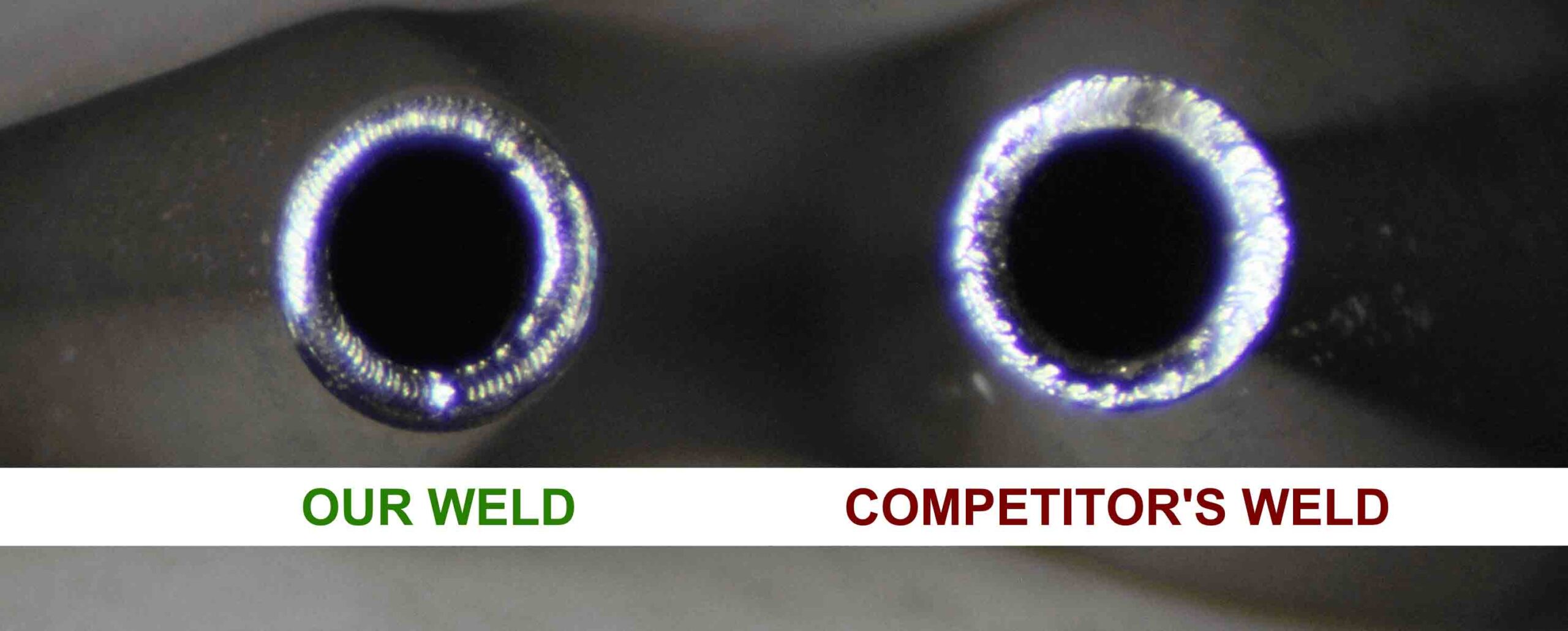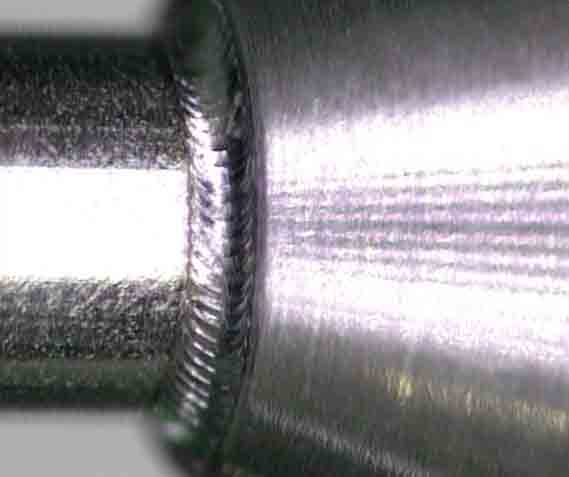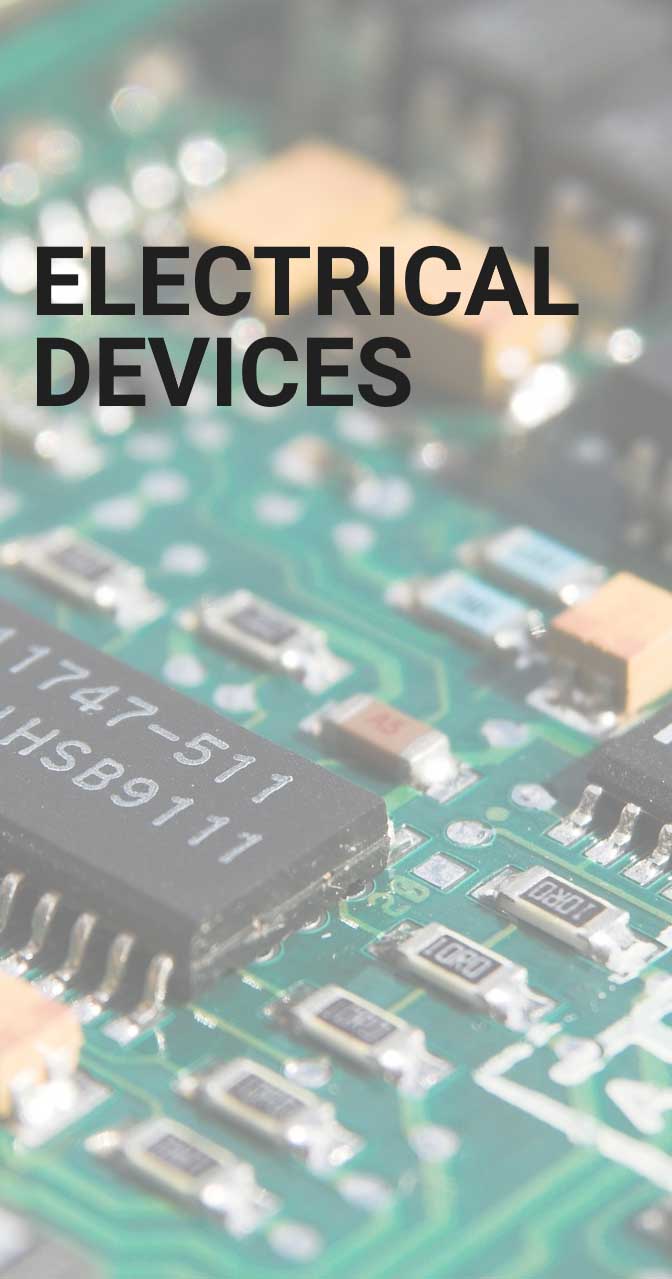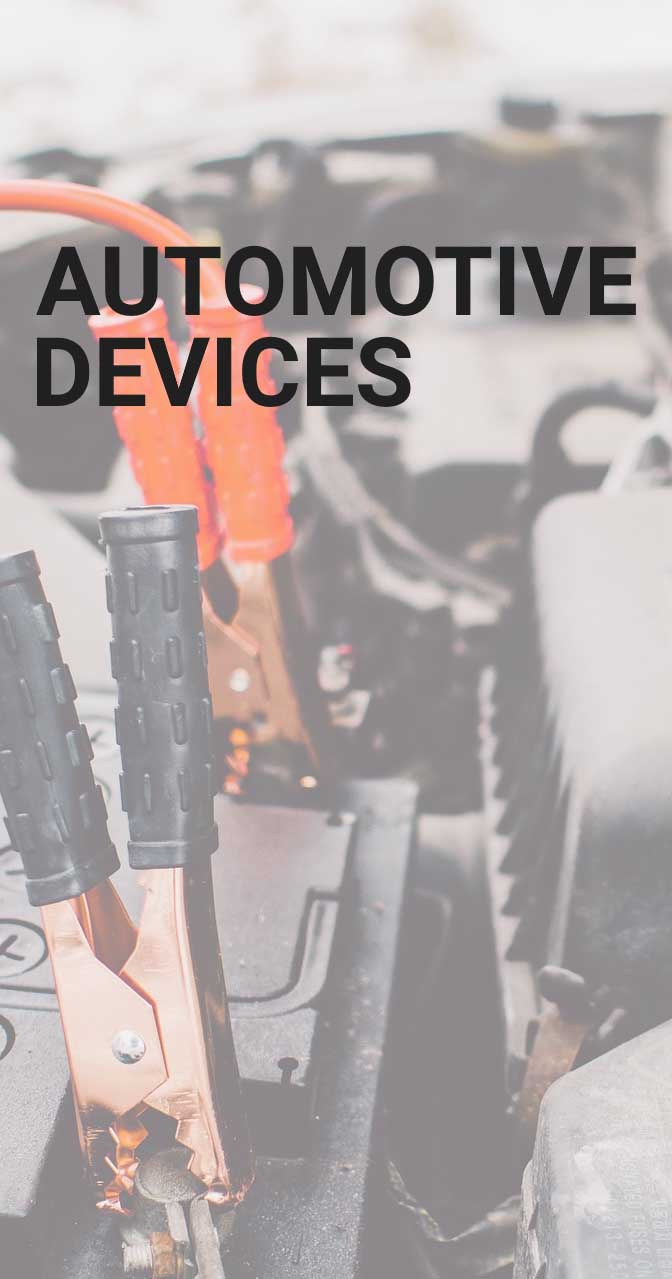LASER MICRO WELDING
VERSATILE, HERMETIC, STRONG
WHAT IS LASER MICRO WELDING?
Micro welding is just as it sounds – welding on a very small scale. There are different types of systems that perform micro welding: arc welding, plasma welding, and laser welding to name a few. Laser Dynamics uses lasers for our micro welding services because they are precise, repeatable, economical and scalable. Laser micro welding is used in a wide variety of applications for today’s miniaturized products.
Laser micro welding (or precision welding) is specially designed for welding small components through the use of laser light, which is used to rapidly melt and fuse the target metals together on a diminutive scale. Laser micro welding uses light energy to heat only the desired weld area. Current flow, electrical connections, or current polarity effects on the workpiece are non-existent with this process, eliminating any damage to electrically-sensitive components. Laser micro welding provides a means for joining a wide range of similar and even dissimilar metals and materials.

THE MICRO WELDING PROCESS

One of the issues that can arise when welding miniature parts together is the distortion or warping of the parts due to overheating during the welding process. This occurs because of the small size and overall mass of the parts. Our laser micro welding process generates much less heat in the work piece than traditional welding methods due to the rapid melting and re-solidification of the target material. This high-velocity melt flow typically happens in less than 60 milliseconds (ms) and is done with laser pulses, which instantly fuse or join the parts together. Much less common is the practice of using filler material, such as wire, to fill in the gap area between two adjacent parts.
• LASER CONDUCTION MODE WELDING
In conduction mode welding, the welds are wider than they are deep. The power density in conduction mode laser welding has a high enough setting to melt metal, but not high enough to cause vaporization or keyhole welding. This heat conduction causes weld penetration from the laser beam. The length of the pulse controls the depth of this penetration, thus the longer the laser pulse, the more heat that is conducted into the part.

• LASER KEYHOLE MODE WELDING
In keyhole mode welding, the welds are deeper than they are wide, which is opposite to laser conduction mode welding. When performing keyhole welding, the power density is high enough to vaporize the metal in the center of the weld spot, rather than melting it. The vaporized metal then creates a gas that expands and pushes outwards. The gas expansion causes a tunnel (or keyhole) to form, which extends from the material surface too deep within the weld profile. The objective of the welding process is to close the keyhole behind the active welding area as the weld progresses down the weld path. This is achieved by using the appropriate feed-rate and by defocusing out of the weld seam near the end of the weld path.

• LASER SEAM WELDING
Seam welding is suitable for many different metals and in some cases the two materials being joined do not have to be the exact same material. Critical factors to consider in seam welding are part cleanliness, tight-fitting part geometry, material composition, assist gas presentation, laser pulse shaping and relevant laser parameters. If these factors are not considered, solidification cracks or voids in the weld can be the result. If these cracks are large enough, they can cause the weld to be non-hermetic or in some cases reduce the weld strength.

FIELDS OF APPLICATION
Lasers can be used to weld materials that have both a high melting point and a high heat transfer coefficient. Laser micro welding is versatile and offers various methods of joining metals, either at the surface level or from producing weld seams that have a deeper penetration. The following fields are only some of the industries that benefit from laser micro welding technology.



